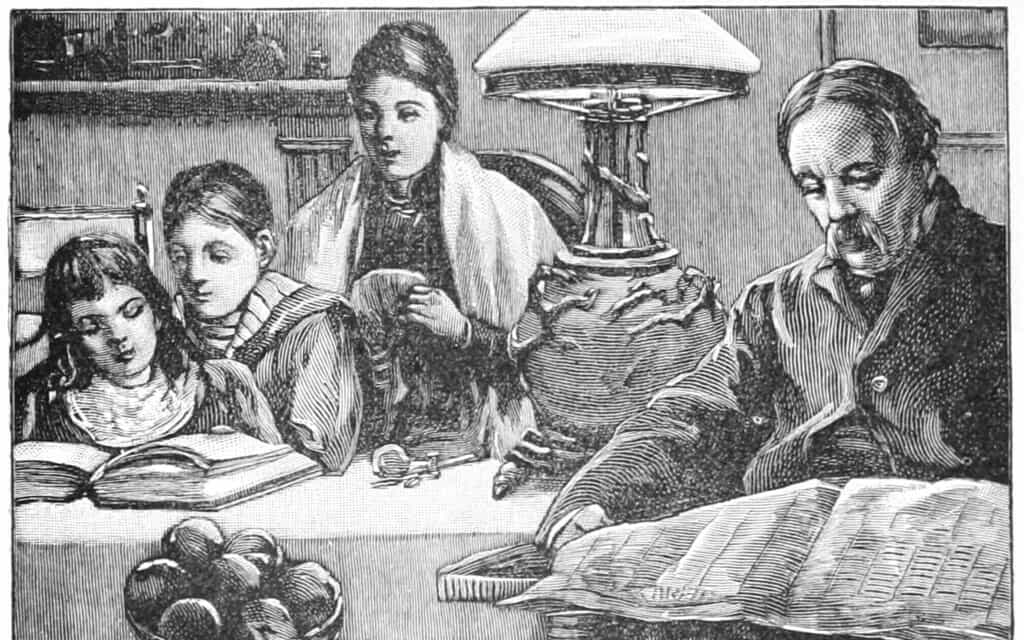Let’s face it. Teaching history isn’t easy.
Children schooling at home this spring, and the likelihood that similar situations loom for the fall, puts many strains on parents and schools. Besides keeping the family fed and safe, responsibility for teaching school lessons devolves on parents, in many cases also working from home. Many claims such a situation is unprecedented. In fact, though, home schooling has a long tradition in the United States. The existence of internet services, such as Zoom, Facebook Video Messenger, and many others makes conducting classes online relatively easy. Assuming, that is, the home has sufficient bandwidth available to cover school, working at home, and other services upon which we have come to rely.

In many cases, keeping the children abreast with their lessons falls upon the family. Teaching of what was once called geography and history – now lumped in with a variety of disciplines and called social sciences – is a problem. When and how historical events are presented can disturb young children. The tools to assist parents in teaching and explaining history to children are many and varied. Not all rely on websites and phone apps. Some entertain as well as teach. Here are some examples of teaching history to children to help those suddenly tasked with the job. Bearing in mind that in the future, the events of the first half of 2020 will be taught as history as well.
1. Where to begin?

America’s Founders studied the Ancient Greeks and Romans, often in Greek and Latin, learning their mythologies, languages, history, and governance. Some experts believe beginning with the Ancients overwhelms children, especially younger children (and most adults). Experts recommend avoiding teaching the ancient world and civilizations as the first step in history lessons. The subject does not need presentation in chronological order. When the history is presented is the child’s own, affecting them personally, part of their own story, they absorb it more readily.
The first steps should focus on local history, their own story, and that of their parents, grandparents and ancestors as far back as is known. The internet offers myriad tools to tell the story. For example, grandparents or great-grandparents may have been immigrants. The vast records of immigration, including the names of ships arriving and from whence they came, whom they carried and where those persons went are available on both pay internet sites and in the Ellis Islands database, the National Archives, the Library of Congress, and in local databases. Church marriage, baptism, and burial records offer similar research sources. A child learning his ancestors left their home to come to America will naturally wonder why, opening the door to learning of conditions of the time.

